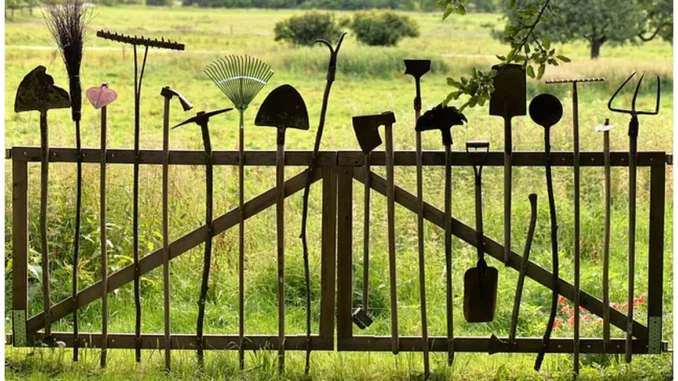
The Art of Fine Gardening: Crafting Exquisite Outdoor Spaces
Fine gardening transcends the basic act of planting flowers or maintaining a lawn; it is a sophisticated and rewarding endeavour that combines meticulous planning, expert knowledge, and a profound appreciation for nature. This refined approach to gardening primarily focuses on ornamental plants and home landscaping, with the aim of crafting aesthetically pleasing and vibrant outdoor spaces that enhance the beauty of one’s residence. In this guide, we will explore various facets of fine gardening, such as garden design, plant selection, and maintenance techniques, to provide a comprehensive resource for both novices and seasoned gardeners.
Garden Design: The Foundation of Fine Gardening
The cornerstone of fine gardening lies in the design of the garden layout. It encompasses considerations of the overall aesthetic you wish to achieve, as well as the specific requirements of the plants you intend to cultivate. Garden designs can vary from formal and structured to informal and naturalistic, depending on personal preferences and the unique characteristics of the space.
-
Site Analysis: A thorough site analysis is paramount before any planting begins. Evaluate factors such as soil type, drainage, sunlight exposure, and existing vegetation. This understanding will guide you in selecting appropriate plants and design elements for your garden.
-
Creating Focal Points: Fine gardening often involves establishing focal points that capture attention and add visual interest. This can be accomplished through the use of specimen plants, garden structures like arbors and pergolas, or water features such as fountains and ponds.
-
Plant Combinations: The selection of plant combinations is crucial for a cohesive and visually appealing garden. Consider elements such as colour, texture, and bloom time to create a harmonious and dynamic landscape. For instance, pairing plants with contrasting foliage colours can produce striking visual effects, while staggered bloom times ensure continuous interest throughout the growing season.
Plant Selection: Choosing the Right Plants for Your Garden
The success of a fine garden largely hinges on selecting the right plants. Ornamental plants, including flowers, shrubs, and trees, form the primary focus. Here are some expert tips for choosing the best plants for your garden:
-
Climate and Hardiness Zones: Selecting plants that are well-suited to your local climate and hardiness zone is essential for their thriving and minimal maintenance requirements. Fine Gardening magazine often provides regional reports and zone maps to assist gardeners in making informed decisions.
-
Soil Preferences: Different plants have varying soil preferences, making it crucial to choose those compatible with your soil type. Some plants flourish in well-drained sandy soils, while others prefer rich, loamy soils. Soil testing can help determine the pH and nutrient levels of your soil, allowing for necessary amendments.
-
Watering Needs: When selecting plants, consider their watering needs. Group plants with similar water requirements together to enhance irrigation efficiency. Drought-tolerant plants are ideal for areas with limited water availability.
Maintenance Techniques: Keeping Your Garden Healthy and Beautiful
Achieving the splendour of fine gardening demands regular maintenance to ensure the garden remains healthy and visually appealing. Here are some key maintenance techniques:
-
Pruning and Deadheading: Regular pruning helps maintain the shape and health of ornamental plants. Deadheading, the practice of removing spent flowers, encourages new blooms and prevents plants from becoming leggy.
-
Weeding: Weeds compete with ornamental plants for nutrients and water, making it essential to keep them under control. Regular weeding and the use of mulch can help suppress weed growth.
-
Fertilisation: Providing plants with the necessary nutrients is paramount for their growth and development. Organic fertilisers and compost are excellent choices for fine gardens, as they improve soil structure and promote healthy plant growth.
-
Pest and Disease Management: Vigilance in monitoring for pests and diseases is crucial in fine gardening. Early detection and intervention can prevent infestations and minimise damage. Integrated pest management (IPM) techniques, such as introducing beneficial insects and using organic pesticides, are effective and environmentally friendly options.
Fine gardening is a fulfilling and enriching practice that enables gardeners to create exquisite and vibrant outdoor spaces. By focusing on garden design, plant selection, and maintenance techniques, one can cultivate an ornamental garden that enhances the beauty of the home and provides a sanctuary for both people and wildlife. Whether you are a novice or an experienced horticulturist, fine gardening offers endless opportunities for creativity and enjoyment.


Be the first to comment